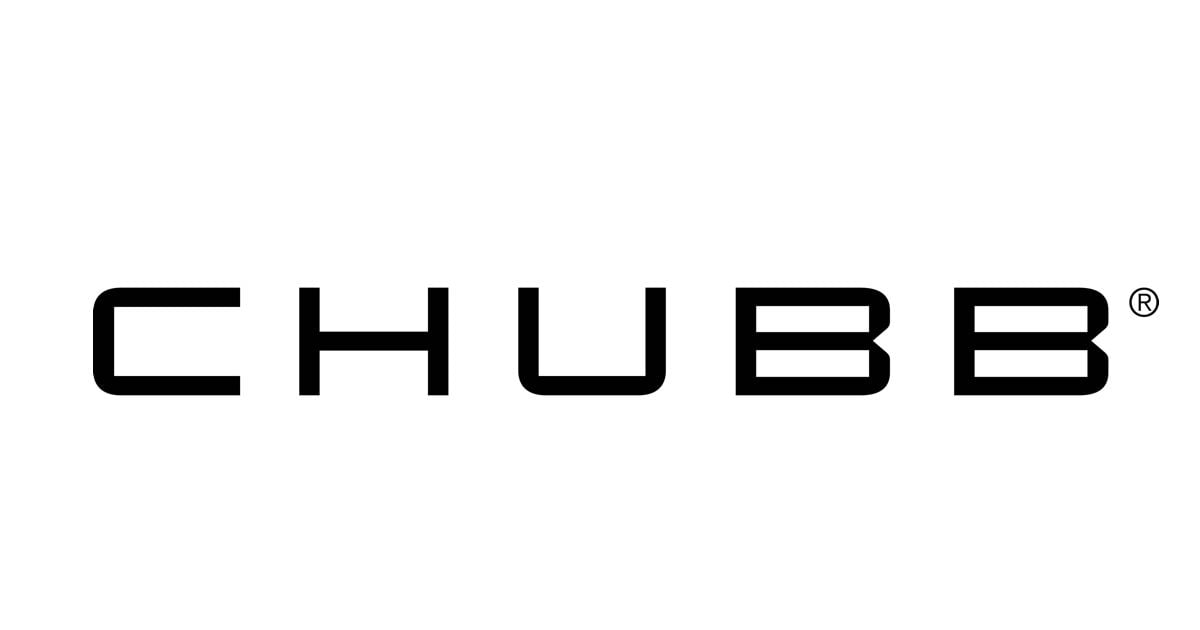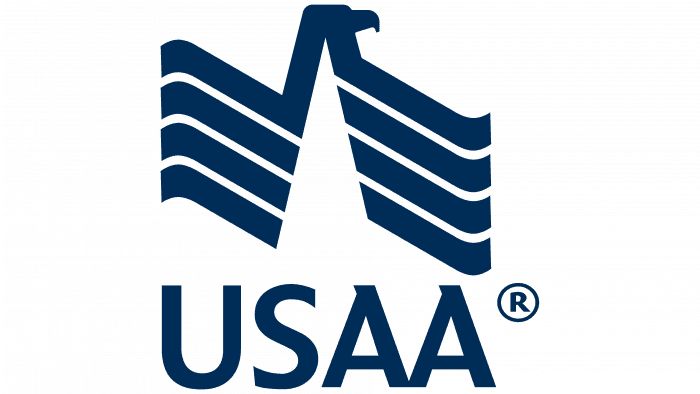The Best Home Insurance in Nevada for 2025
Country Financial and Chubb are among the best home insurance companies in Nevada.
Many, or all, of the products featured on this page are from our advertising partners who compensate us when you take certain actions on our website or click to take an action on their website. However, this does not influence our evaluations. Our opinions are our own. Here is a list of our partners and here's how we make money.
Why trust NerdWallet
Country Financial and Chubb are among the best home insurance companies in Nevada, according to our analysis.
We analyzed data from more than 30 insurance companies to help you find the best home insurance in Nevada. Below are the insurers that earned 5 stars in our analysis.
Rates are based on a sample homeowner with good credit, $300,000 of dwelling coverage, $300,000 of liability coverage and a $1,000 deductible.
Note: Some insurance companies included in this article may have made changes in their underwriting practices and no longer issue new policies in your state.
Company | NerdWallet star rating | Average annual rate |
|---|---|---|
Not available | ||
Not available | ||
$1,455 | ||
USAA* | $1,175 | |
*USAA homeowners policies are available only to active military, veterans and their families. | ||
All your insurance info, all in one place.
See your policies anytime, anywhere. Plus, get notified when it's time to renew or shop. Just link your insurance to your free NerdWallet account.
The best home insurance companies in Nevada
Here's more information about the best homeowners insurance companies in Nevada.

Coverage
Discounts
NAIC complaints
Amica
Coverage
Discounts
NAIC complaints
Amica stands out for its customer service and broad range of coverage options. You can customize your policy with extra coverage above your dwelling limit, in case your house costs more to rebuild than expected. You may also want to add coverage for damage from water backups or recovery from identity theft.
The company has drawn far fewer consumer complaints to state regulators than expected for an insurer of its size, according to the National Association of Insurance Commissioners.
» READ MORE: Amica homeowners insurance review

Coverage
Discounts
NAIC complaints
Chubb
Coverage
Discounts
NAIC complaints
Chubb generally serves affluent policyholders with high-value homes, offering lofty coverage limits and plenty of perks. For example, the company covers water damage from backed-up sewers and drains, and pays to bring your home up to the latest building codes during reconstruction after a claim. (Many insurers charge more for these types of coverage.)
Nevada homeowners can also sign up for free Wildfire Defense Services. These services include personalized recommendations for protecting your home and deployment of firefighters to your house if a wildfire is approaching.
» READ MORE: Chubb homeowners insurance review

Country Financial
Coverage
Discounts
NAIC complaints
Country Financial
Coverage
Discounts
NAIC complaints
Country Financial has multiple levels of homeowners coverage to help you choose the package that’s best for you. You also can add extra coverage for the structure of your home, in case the cost of rebuilding exceeds your policy limit.
Country Financial sells homeowners insurance through local representatives. The company has drawn far fewer complaints than expected to state regulators.
» READ MORE: Country Financial homeowners insurance review

Coverage
Discounts
NAIC complaints
USAA
Coverage
Discounts
NAIC complaints
USAA sells homeowners insurance to veterans, active military and their families. If you fall into one of those groups, you might want to look into USAA’s offerings. The company’s homeowners policies include some unique perks such as deductible-free coverage for military uniforms and coverage for identity theft.
The company’s policies automatically cover your personal belongings on a replacement cost basis. Many companies pay out only what your items are worth at the time of the claim, which means you may not get much for older items. USAA pays enough for you to buy brand-new replacements for your stuff.
» READ MORE: USAA homeowners insurance review
Other home insurance companies to consider
Looking for more of the best homeowners insurance companies in Nevada? These insurers received a NerdWallet star rating of 4.5:
Company | NerdWallet star rating | Average annual rate |
|---|---|---|
$1,215 | ||
$1,385 | ||
Not available | ||
$2,050 | ||
$1,330 | ||
$1,275 | ||
$865 |
How much does homeowners insurance cost in Nevada?
The average annual cost of home insurance in Nevada is $1,305. That’s 38% cheaper than the national average of $2,110.
In most U.S. states, including Nevada, many insurers use your credit-based insurance score to help set rates. Your insurance score is similar but not identical to your traditional credit score.
In Nevada, those with poor credit pay an average of $2,485 per year for homeowners insurance, according to NerdWallet’s rate analysis. That’s 90% more than what those with good credit pay.
Average cost of homeowners insurance in Nevada by city
How much you pay for homeowners insurance in Nevada depends on where you live. For instance, the average cost of home insurance in Las Vegas is $1,390 per year, while homeowners in Carson City pay $1,210 per year, on average.
City | Average annual rate | Average monthly rate |
|---|---|---|
Battle Mountain | $1,215 | $101 |
Boulder City | $1,385 | $115 |
Carson City | $1,210 | $101 |
Dayton | $1,125 | $94 |
Elko | $1,160 | $97 |
Ely | $1,145 | $95 |
Fallon | $1,210 | $101 |
Fernley | $1,190 | $99 |
Gardnerville | $1,165 | $97 |
Henderson | $1,325 | $110 |
Incline Village | $1,285 | $107 |
Indian Springs | $1,500 | $125 |
Las Vegas | $1,390 | $116 |
Laughlin | $1,445 | $120 |
Mesquite | $1,330 | $111 |
Minden | $1,165 | $97 |
North Las Vegas | $1,365 | $114 |
Pahrump | $1,255 | $105 |
Reno | $1,245 | $104 |
Silver Springs | $1,230 | $103 |
Sparks | $1,210 | $101 |
Spring Creek | $1,215 | $101 |
Sun Valley | $1,195 | $100 |
Winnemucca | $1,100 | $92 |
Yerington | $1,215 | $101 |
The cheapest home insurance in Nevada
Here are the insurers we found with average annual rates below the Nevada average of $1,305.
Company | NerdWallet star rating | Average annual rate |
|---|---|---|
CIG | Not rated | $835 |
$865 | ||
$1,215 | ||
$1,275 | ||
USAA* | $1,175 | |
*USAA homeowners policies are available only to active military, veterans and their families. | ||
Common risks for Nevada homeowners
Here are a few of the most common risks you may face as a Nevada homeowner, along with steps you can take to insure your home against them.
Wildfires
Homeowners insurance typically covers damage from fires, but read your policy carefully, as some insurers exclude wildfire damage from coverage. Pay particular attention to your dwelling coverage limit. This is the amount the insurance company will pay to rebuild your house. A significant fire can destroy your whole home, so make sure you have enough coverage to rebuild if necessary. Learn more about wildfire and home insurance.
Flooding
Standard homeowners insurance policies usually don’t cover flood damage, so if you’re concerned about flash flooding or flooding due to drainage issues, you should consider flood insurance. Remember that while you can purchase flood coverage anytime, there’s often a 30-day waiting period before the insurance takes effect.
If you’re not sure if you’re at risk for flooding, you can look up your address on the Federal Emergency Management Agency's flood maps. However, FEMA’s maps don’t always capture all types of flood risk, so you may also want to check the website of the nonprofit First Street Foundation, which models climate risks. Enter your address in the top left corner to see your home’s flood risk rating on a scale of 1 to 10.
Earthquakes
Earthquakes aren't covered under standard homeowners insurance policies. If you live in a high-risk area, you might need separate earthquake insurance, which you may be able to get as an endorsement (or add-on) from your insurer. Learn more about earthquake insurance.
If you don’t have earthquake insurance, you may still have some coverage from earthquake-related damage. For example, if a fire breaks out as a result of an earthquake, standard homeowners insurance policies will likely cover the fire damage.
Windstorms
Wind damage is typically covered under standard homeowners insurance policies. However, you may have a separate deductible for wind claims. These are often either a flat rate, such as $1,000, or a percent of your dwelling coverage. For example, your policy may have a $1,000 deductible for most claims and a 1% deductible for wind claims. So if your house has $250,000 worth of dwelling coverage, you’d have to pay for the first $2,500 of wind damage yourself.
Nevada insurance department
The Nevada Division of Insurance oversees the state’s insurance industry and provides consumer protection and resources. Its website includes a guide to homeowners insurance in Nevada, information on earthquake and flood insurance, and tips for filing claims.
You can submit a complaint against your insurance company on the department’s website or by mail. If you have questions, you can call the Las Vegas office at 702-486-4009 or the Carson City office at 775-687-0700.
Amanda Shapland contributed to this story.
Homeowners insurance rates methodology
NerdWallet calculated median rates for 40-year-old homeowners from various insurance companies in the 25 largest cities in each U.S. state by population. All rates are rounded to the nearest $5.
Sample homeowners were nonsmokers with good credit living in a single-family, two-story home built in 1984. They had a $1,000 deductible and the following coverage limits:
$300,000 in dwelling coverage.
$30,000 in other structures coverage.
$150,000 in personal property coverage.
$60,000 in loss of use coverage.
$300,000 in liability coverage.
$1,000 in medical payments coverage.
We made minor changes to the sample policy in cases where rates for the above coverage limits or deductibles weren’t available.
We changed the credit tier from “good” to “poor,” as reported to the insurer, to see rates for homeowners with poor credit.
These are sample rates generated through Quadrant Information Services. Your own rates will be different.
Star rating methodology
NerdWallet’s homeowners insurance ratings reward companies for customer-first features and practices. Ratings are based on weighted averages of scores in several categories, including financial strength, consumer complaints, coverages, discounts and online experience. These ratings are a guide, but we encourage you to shop around and compare several insurance quotes to find the best rate for you. NerdWallet does not receive compensation for any reviews. Read our full homeowners insurance rating methodology.
Complaint methodology
NerdWallet examined complaints received by state insurance regulators and reported to the National Association of Insurance Commissioners in 2021-2023. To assess how insurers compare with one another, the NAIC calculates a complaint index each year for each subsidiary, measuring its share of total complaints relative to its size, or share of total premiums in the industry. To evaluate a company’s complaint history, NerdWallet calculated a similar index for each insurer, weighted by market shares of each subsidiary, over the three-year period. NerdWallet conducts its data analysis and reaches conclusions independently and without the endorsement of the NAIC. Ratios are determined separately for auto, home (including renters and condo) and life insurance.


